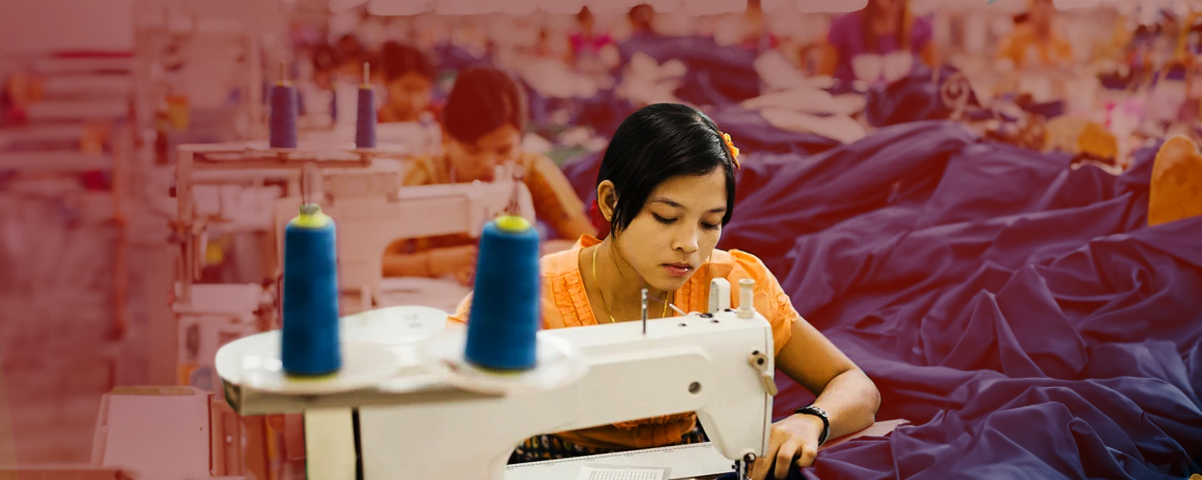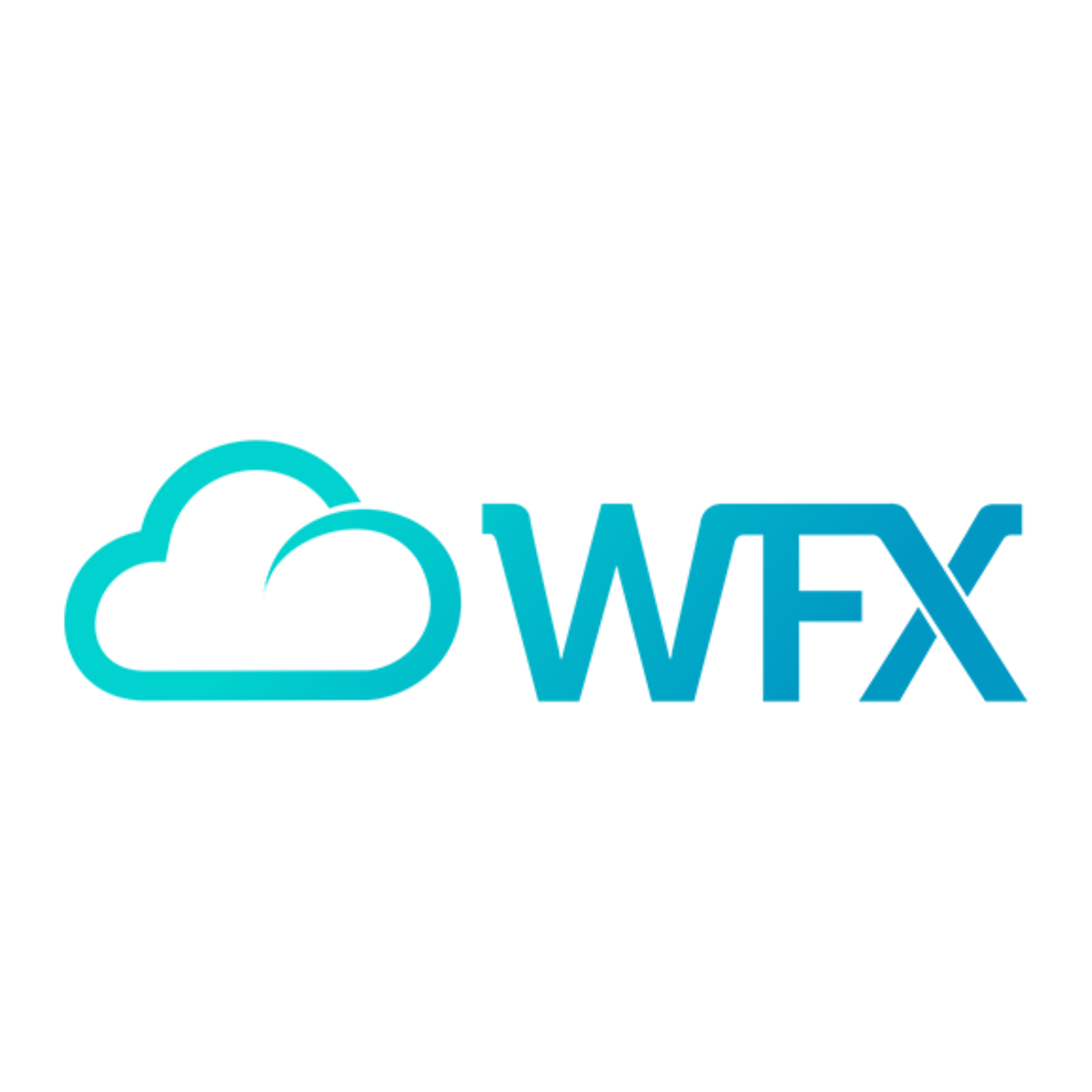Indonesia’s Journey to Global Textile Prominence: Key Statistics
-
Introduction
Nestled within the archipelago of Southeast Asia, Indonesia boasts of a unique fusion of cultural richness and economic vitality. The world’s fourth-most populous nation also has a diverse and vibrant textile and garment industry. The textile industry is a testament to Indonesia’s blend of traditional artistry and modern economic ambitions. Deeply embedded in the country’s cultural fabric, the textile sector is now stretching its threads across the global market.
In 2024, the Indonesian textile market is not just a symbol of cultural identity but also a cornerstone of the national economy. With a value of approximately USD 13.83 billion, the industry is witnessing a significant growth trajectory, and is expected to reach USD 18.10 billion by 2029. This growth reflects Indonesia’s increasing prominence in the global textile arena, driven by innovation, adaptation, and strategic market positioning.
In this article, we will explore the transformative journey of Indonesia’s textile industry, highlighting both its rich heritage and evolving role in the global market.
-
The Economic Backbone of Indonesia
Indonesia’s textile and garment industry is a substantial pillar of the national economy. Providing employment to nearly 2 million people, the industry plays a crucial role in sustaining livelihoods across the nation. This sector represents not just employment but also skill development, innovation, and entrepreneurship, contributing significantly to Indonesia’s GDP.
Despite global economic challenges, the Indonesian textile sector has shown remarkable resilience. With a steady annual growth of 5.84%, it demonstrates the industry’s capacity to adapt and thrive in changing circumstances, especially given the impacts of the COVID-19 pandemic and global trade dynamics on the sector.
Indonesia is not just a regional leader but is also gaining prominence on the world stage. Its textile and garment exports, valued at USD 12 billion in 2022, highlight the country’s role as one of the largest textile producers globally.
In addition, the domestic market plays a significant role in the industry’s health. With a growing middle class and increasing consumer demand, the domestic market provides a stable base for the industry’s growth.
-
A Rich Tapestry of Tradition and Innovation
The story of Indonesia’s textiles is woven deep into its cultural fabric. Traditional techniques like Batik, Ikat, and Songket aren’t merely crafts; they are embodiments of Indonesia’s rich historical and cultural heritage. Batik, for instance, is not just a method of dyeing fabric but a form of artistic expression, recognized by UNESCO as an Intangible Cultural Heritage of Humanity. These traditional textiles carry with them centuries of history, symbolic meanings, and cultural identity, making them much more than mere fabrics.
While traditional methods are still cherished and practiced, there has been a shift towards incorporating contemporary designs and production methods. This balance ensures that while the industry evolves to meet modern demands, it continues to respect and preserve its rich traditions. Modern Indonesian textiles are thus a unique blend of the old and the new, drawing inspiration from global trends while staying rooted in regional heritage.
Indonesia is also at the forefront of integrating technology into textile production. The use of digital printing, sustainable materials, and innovative design software represents a leap into the future, marrying traditional craftsmanship with modern technology. This integration is not only about improving efficiency but also about expanding the creative possibilities within the textile industry.
-
Challenges of Modernization and Global Competition
One of the primary challenges facing the Indonesian textile industry is the high cost of production. Energy and labor costs in Indonesia are notably higher compared to other leading textile producing countries. For example, electricity costs are significant, impacting overall production expenses. Additionally, labor costs have been increasing annually, with the minimum wage rising by 8.5% in 2020. These factors combined make cost management a complex issue for Indonesian textile producers, affecting their competitiveness on the global stage.
Another major hurdle in the path of modernization is the industry’s reliance on outdated machinery. Much of Indonesia’s textile machinery is aging, with a significant portion (somewhere between 70-80%) being more than 25 years old.
Indonesian textiles also face stiff competition from regional players such as Vietnam, Bangladesh, and China. These countries have made significant strides in textile production, often offering lower production costs and more advanced manufacturing capabilities. For instance, the Indonesian textile industry’s export growth has been somewhat stagnant compared to the robust growth seen in these competing countries. Additionally, the influx of cheaper textile products, both legal and illegal, particularly from China, has put pressure on smaller domestic manufacturers.
-
Technology and Sustainability - Paving the Future
The Indonesian textile industry is progressively integrating advanced technologies to stay competitive in the global market. Innovations like automation, digital textile printing, and artificial intelligence are transforming production processes. For instance, the adoption of digital printing technologies has significantly increased efficiency and allowed for greater design flexibility.
In addition, the Indonesian textile industry is leveraging various sophisticated software solutions to enhance its operations. The integration of cloud deployed Manufacturing Execution Systems (MES), Apparel ERP, and Textile ERP is revolutionizing how garment and textile manufacturers manage and streamline their processes. These systems enable better production planning, inventory management, quality control, and overall operational efficiency. With real-time data and analytics, these tools enable informed decisions, waste reduction, and better productivity.
Government Initiatives and Industry 4.0: The government’s “Industry 4.0” initiative aims to propel the nation into a new era of digital industrial technology. Textiles, being one of the focus sectors, are expected to benefit from increased governmental support in adopting these new technologies. For instance, the government has set the goal of making Indonesia one of the world’s top five textile producers in the world by 2030.
Sustainability is another critical area where the Indonesian textile sector is focusing its efforts. There’s a growing global demand for eco-friendly and ethically produced textiles. Indonesian manufacturers are responding by investing in sustainable materials and processes. Efforts include the use of organic cotton, eco-friendly dyeing methods, and waste reduction techniques. These practices aim to reduce the environmental footprint of the industry and meet the rising consumer demand for sustainable fashion.
However, transitioning to advanced technology and sustainable practices is not without challenges. If you need some help, schedule a free 1:1 session with a WFX digital transformation expert!
-
Navigating International Waters and Looking Ahead
Indonesia’s textile industry, in its quest to expand its global footprint, is strategically navigating international markets. The nation is not just maintaining its presence in established markets like the US, EU, and the Middle East but also actively exploring new opportunities.
A particularly ambitious goal for Indonesia is to become a leader in the global Muslim fashion market. In 2021, it was the world’s 13th-largest exporter of modest clothing. As the largest Muslim-majority country, Indonesia is uniquely positioned to influence this segment by leveraging its local culture and innovative design capabilities to produce Muslim fashionwear that resonates globally.
Looking ahead, the Indonesian textile industry is poised for significant transformation and growth. With a projected compound annual growth rate (CAGR) of over 5.54%, the industry is expected to see robust expansion. This growth is indicative of the industry’s potential to further elevate Indonesia’s position as a key player in the global textile market. It reflects the culmination of efforts in innovation, market diversification, and adoption of sustainable practices.
-
Conclusion
As we’ve journeyed through the Indonesia’s vibrant textile industry, we’ve seen how it intertwines rich cultural heritage with modern economic aspirations. The industry, valued at around USD 13.83 billion in 2024 and projected to grow to USD 18.10 billion by 2029, symbolizes more than just economic growth—it’s a reflection of Indonesia’s evolving identity in the global market.
Despite facing challenges like high production costs, aging infrastructure, and stiff global competition, the Indonesian textile sector has shown remarkable resilience. As the industry continues to evolve and make its mark on the global stage, WFX invites you to witness this journey firsthand.
Join us at INDO INTERTEX in Jakarta, where we’ll be showcasing our latest solutions and innovations. Visit us at Booth Number HB 37, from March 20th to 23rd, at the Jakarta International Expo. To ensure a personalized experience, we encourage you to book a meeting with us in advance.









